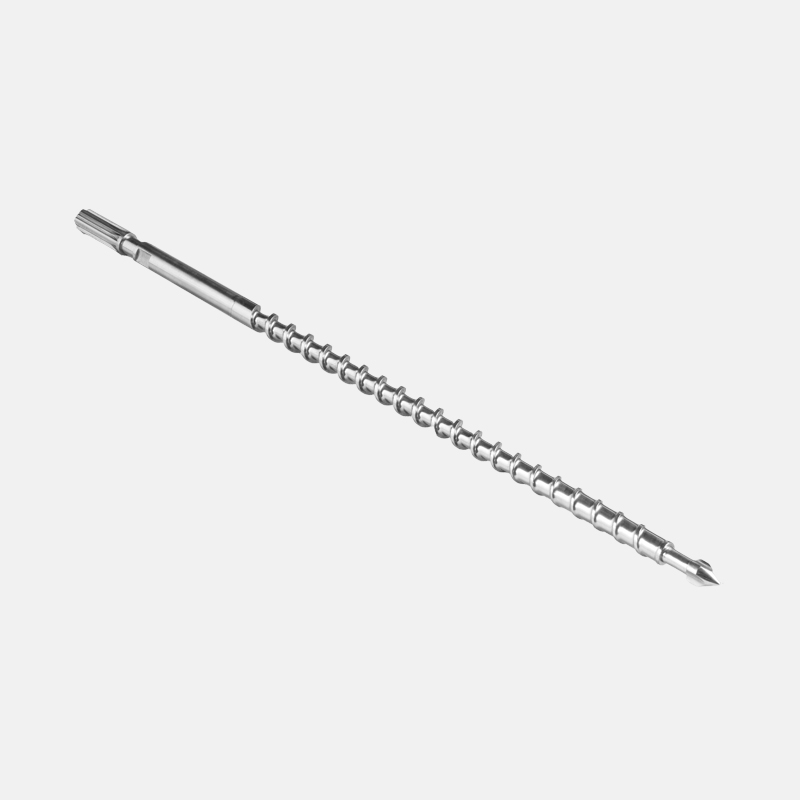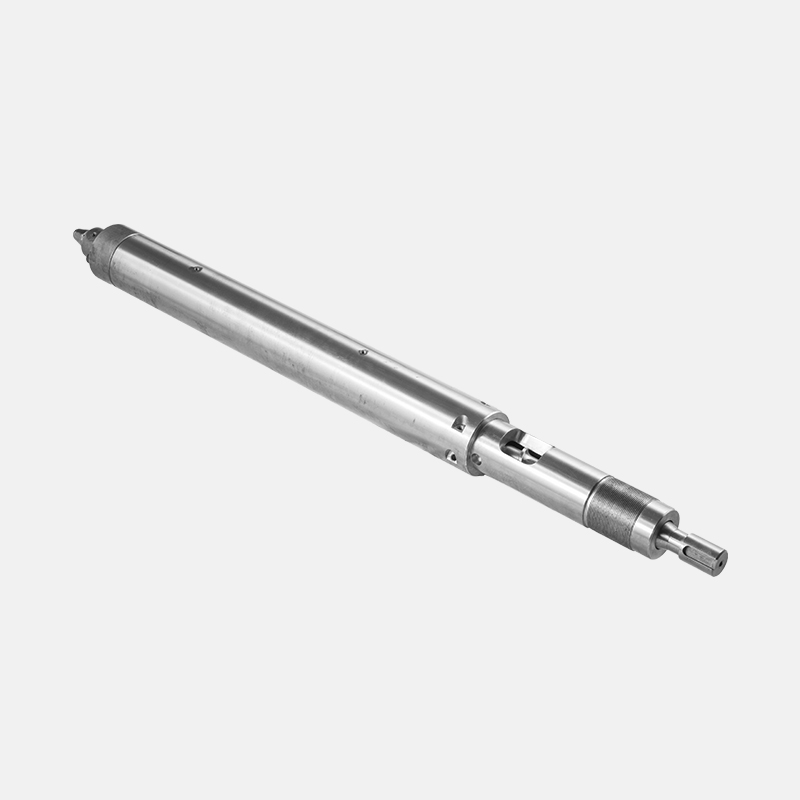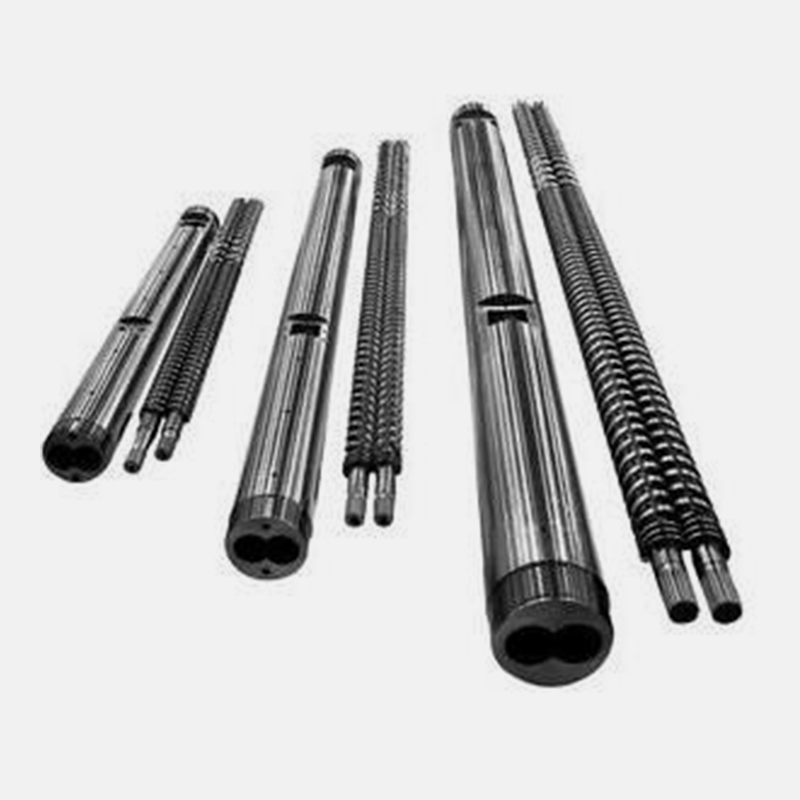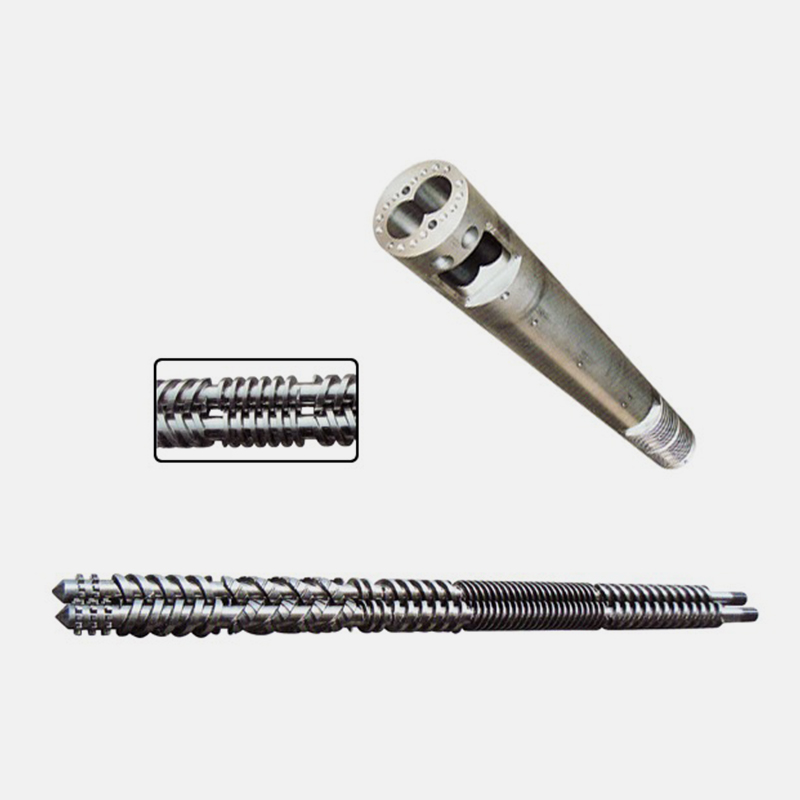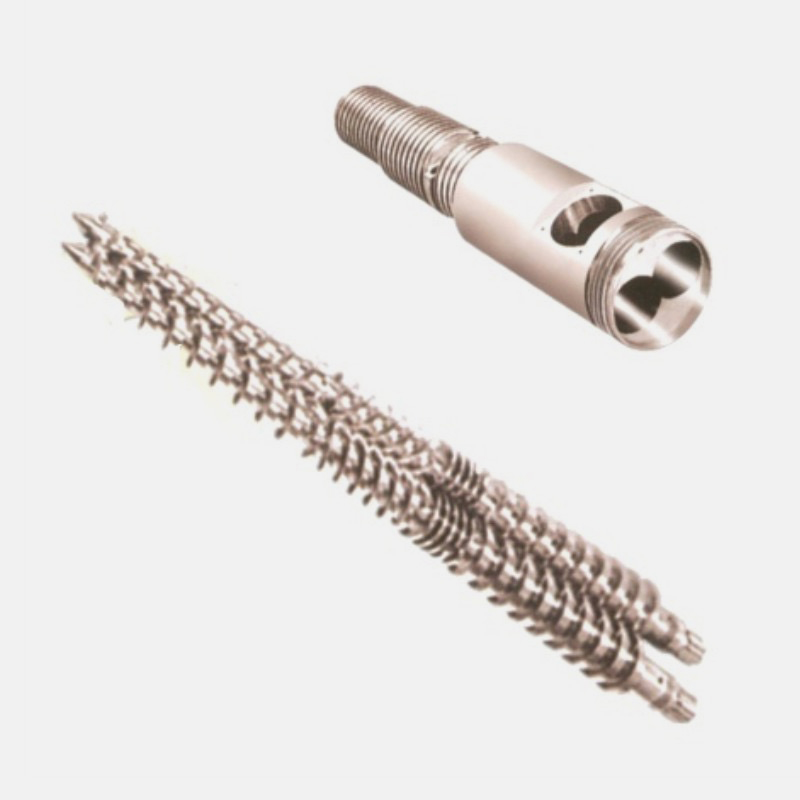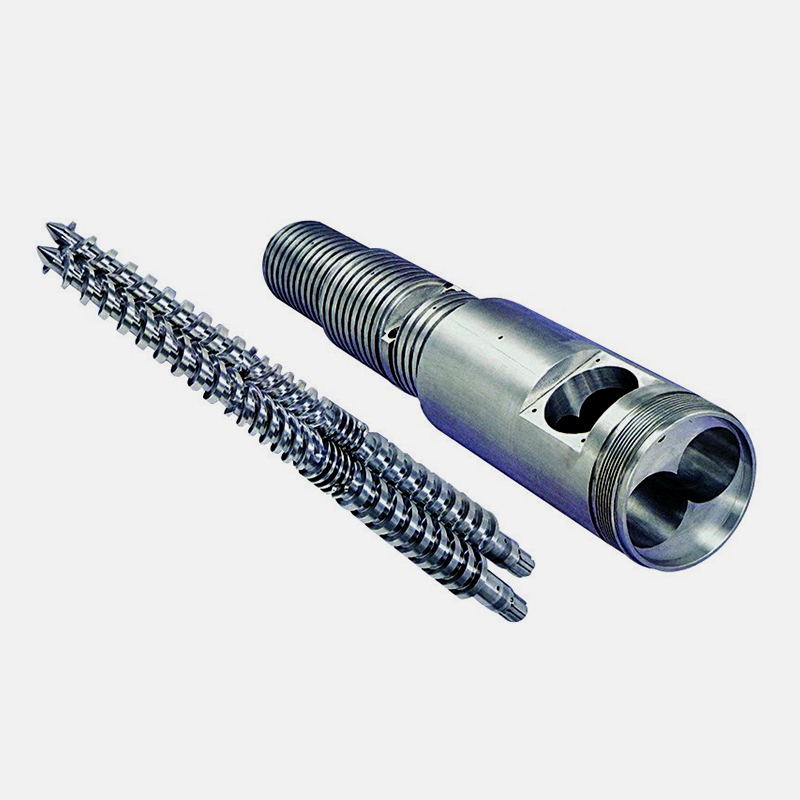Extruder screw barrels are an essential component of an extrusion system, used in a wide range of industries such as plastics, rubber, food, and pharmaceuticals. The extruder screw barrel is responsible for melting, mixing, and shaping the material into the desired form. In this article, we will discuss the extruder screw barrel, its design, and the different types of screw barrel available.
Design of Extruder Screw Barrel:
An extruder screw barrel is essentially a long metal cylinder that houses a screw. The screw is designed with a helical flight, which helps to convey and melt the material. The screw rotates within the barrel, driven by a motor, and applies heat and pressure to the material, causing it to melt and become pliable.
The design of the extruder screw barrel is critical for ensuring a consistent and efficient extrusion process. The barrel is typically made from high-grade steel, such as 4140 or 4340 steel, which is resistant to wear and corrosion. The inner surface of the barrel is honed to a mirror-like finish, which reduces friction and enhances the flow of the material.
The screw is designed to match the shape and size of the barrel, with a flight pitch that is optimized for the specific material being extruded. The length and diameter of the screw can vary depending on the throughput required and the type of material being extruded.
Types of Extruder Screw Barrel:
There are several types of extruder screw barrel available, each designed for a specific application. The most common types include:
Single-stage screw barrel: This is the simplest type of screw barrel and is designed for melting and mixing the material in a single stage. The screw is designed with a constant pitch and diameter, and the barrel is heated to facilitate melting.
Twin-screw barrel: A twin-screw barrel consists of two intermeshing screws that work together to convey, melt, and mix the material. This design provides a higher level of mixing and can be used for materials that are difficult to melt.
Barrier screw barrel: A barrier screw barrel is designed to prevent the material from flowing back towards the feed opening. This design is used for materials that have a low viscosity and tend to flow back towards the feed opening.
Grooved feed barrel: A grooved feed barrel is designed with grooves or channels that help to convey the material towards the screw. This design is used for materials that are difficult to feed and require additional assistance.
Conclusion:
In conclusion, the extruder screw barrel is a critical component of the extrusion process. It is designed to melt, mix, and shape the material into the desired form, and its design plays a crucial role in the efficiency and consistency of the extrusion process. By choosing the right type of extruder screw barrel for the application, manufacturers can ensure a high-quality and cost-effective extrusion process.
Extruder screw barrel for granulation extruder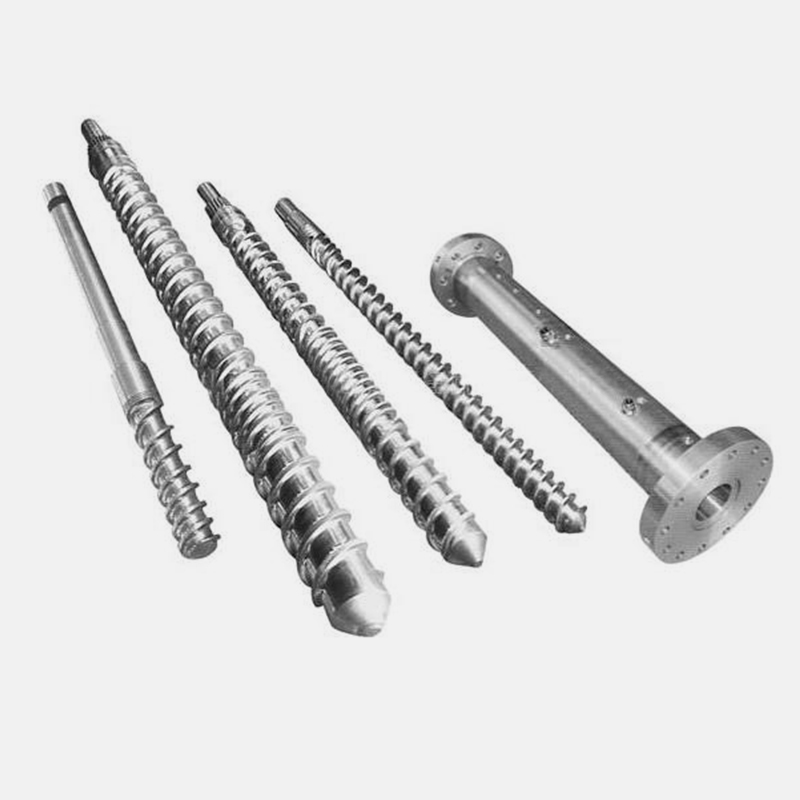
Processing Technics
Heat treatment
Quenching
Nitriding treatment
Bimetallic alloy welding for screw
Bimetallic alloy centrifugal casting for barrel
Hard-chrome electroplating
Main Alloy Materials
Ni-based alloy/Deloro alloy
Tungsten carbide/Wolfram carbide
NiCo-based alloy
Fe-based alloy
Co-based alloy
Screw types:Gradual change, chop, barrier, distributary, separate, air exhausting, pin, mixing and etc.
Specification: Dia 20mm-250mm; L/D=15-45
Application:
1. Generally plastic material
2. Pipe/ Profile/ Sheet/Pelletizing
3. WPC, ABS, TPR, TPU, PMMA, C-PVC, UPVC, RPVC, PET, EVA, PU,PE etc

 English
English 简体中文
简体中文 España
España عربى
عربى

